Sunrose is a carefree perennial that dazzles when in bloom and soothes winter-weary eyes when dormant. This versatile plant loves dry soils and is at home on slopes, in containers and in xeriscapes. Use it as a cheery accent plant or a small-scale ground cover.
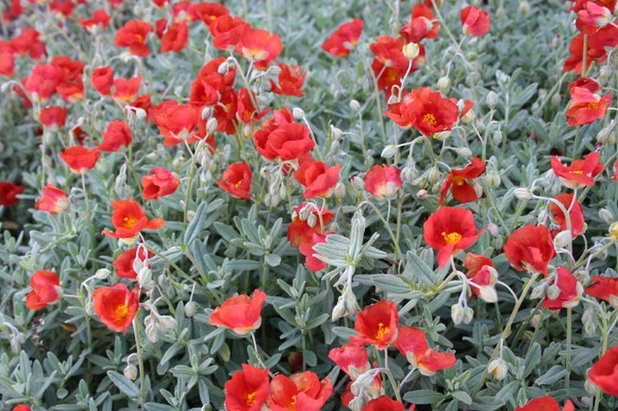
Genevieve Schmidt
Botanical name: Helianthemum nummulariumCommon name: Sunrose, rock rose
Origin: Europe
Where it will grow: Hardy to -20 degrees Fahrenheit (USDA zones 5 to 7; find your zone)
Elevation range: To 8,000 feet
Water requirement: Low
Light requirement: Full sun
Mature size: 6 to 12 inches tall and 2 to 3 feet wide
Benefits and tolerances: Evergreen foliage, long bloom period, floriferous, drought tolerant, low maintenance, good nectar source
When to plant: Spring
Seasonal interest: Late spring to early summer
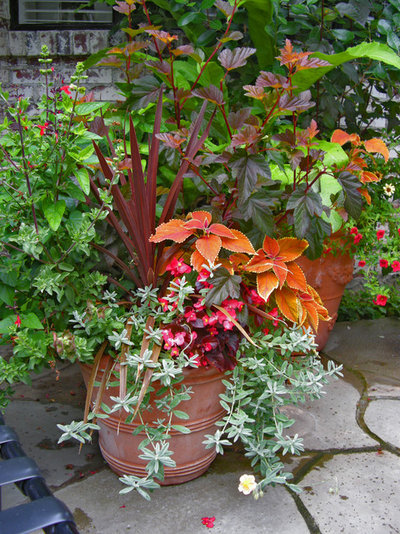
Exteriorscapes llc
Distinguishing traits. Narrow, evergreen foliage covers this small, shrub-like perennial. Most varieties sport leaves of deep, rich green, but others are silvery gray. Either one is a welcome choice during the dull days of winter.
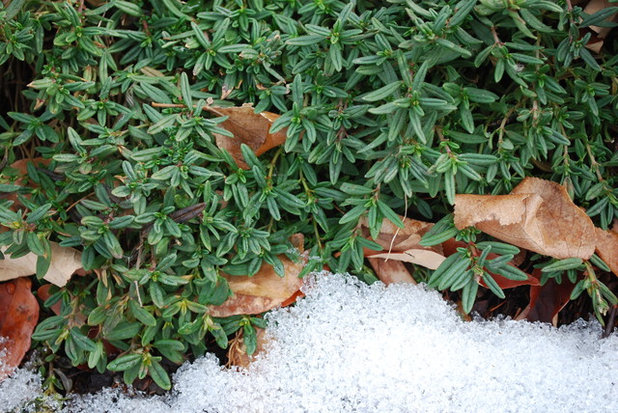
Jocelyn H. Chilvers
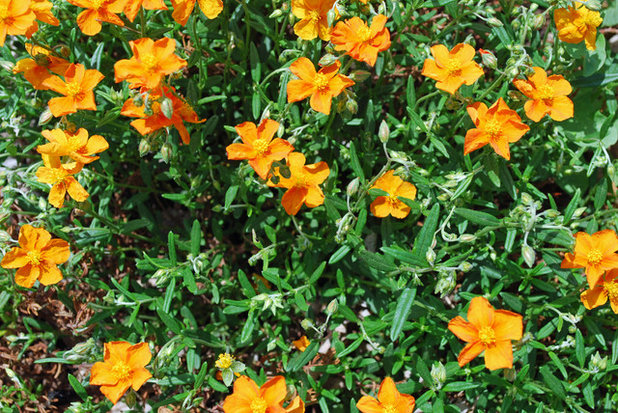
Jocelyn H. Chilvers
When late spring arrives, stand back! The plant’s dense form is covered in 1-inch-diameter flowers of bright yellow, orange, red, white or pink. The individual blossoms last only a day, but the sheer quantity of flowers provides a colorful show for up to two months.
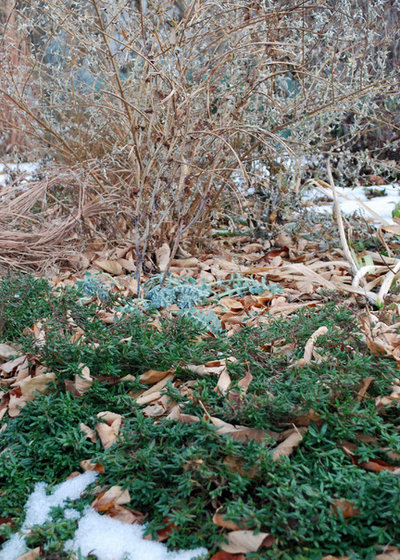
Jocelyn H. Chilvers
How to use it. Dry slopes, which can be difficult garden sites, are ideal for sunrose. Xeric perennial gardens, rock gardens and hot spots adjacent to paving are just a few examples of where sunrose can be planted to advantage. Sunrose can also be used strategically in a mixed border for a shot of winter color; it’s shown here with dwarf butterfly bush (
Buddleia davidii ‘Nanho Blue’, zones 5 to 9), horned poppy (
Glaucium flavum, zones 5 to 7) and bearded iris (
Iris germanica, zones 4 to 10).
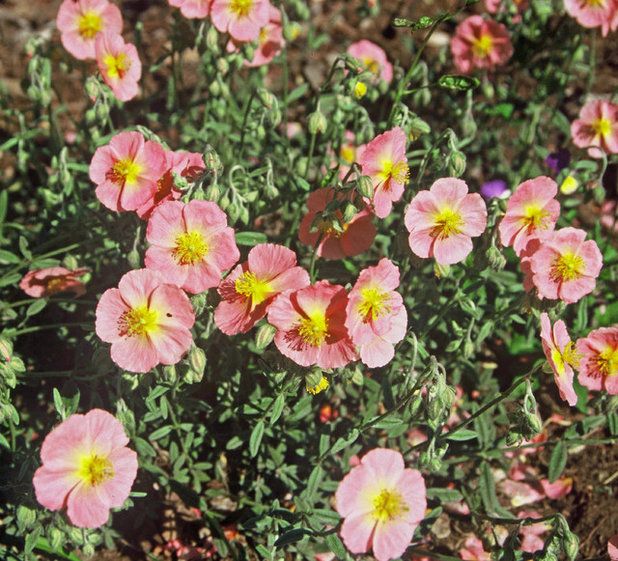
Jocelyn H. Chilvers
Planting notes. Well-drained soil is critical; plant sunroses in dry, rocky, sandy or well-drained loam. Poor drainage, especially in winter, may cause root rot. Soil that is neutral or slightly alkaline is preferred.
Shear plants lightly immediately after flowering to promote dense, compact growth and repeat blooms. Sunrose may be short-lived. A winter mulch of evergreen boughs, especially in colder climates, may be helpful.





